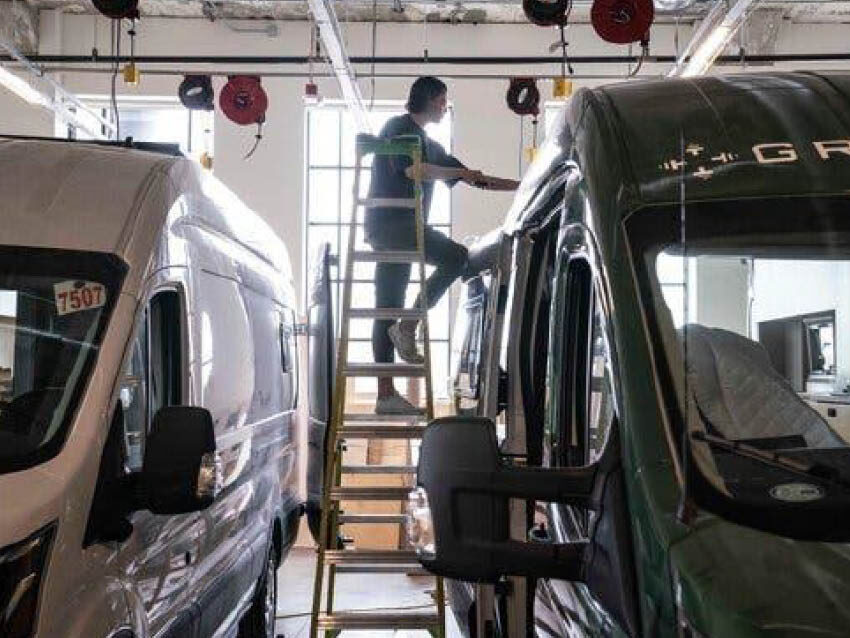Shift to Electric Cars Gives Design Centers a New Look, Too
This article is originally from New York Times, published on April 25, 2023.
As American automakers like General Motors and Tesla accelerate their shift to electric vehicles, they will also need new research and development facilities like design and development sites. That said, the industry faces challenges, including rising costs for materials. Last year, skyrocketing demand sent a record $128 billion into investments for E.V. manufacturing and battery plants, which require a large footprint. A battery plant can cover 4.5 million square feet, roughly the size of 25 Walmart Supercenters. Projects suggest the country may need 120 or more additional such plants. Before those batteries and the cars that use them can be made, they must be conceptualized. So automakers are pouring money into research and development facilities.
These spaces, which allow industrial design, research and software engineering teams to work side by side, often have doors configured to allow vehicles to roll inside and venting to expel the exhaust from engines of older, internal combustion vehicles running indoors. They are part of a new generation of innovation centers emerging during a push for advanced manufacturing across the United States.
“The velocity of change is so great,” said Deb Donley, Founder and Chief Experience Officer at Vocon, a firm that has designed several manufacturing and work spaces for the auto industry.
The list of such projects is growing. G.M. opened its multi-million dollar Wallace Battery Cell Innovation Center this winter on its campus in Romulus, MI. GM Design West, an expansion of the campus featuring an open design concept for engineers, will open in late 2023, along with a new design center in Pasadena, CA. Ford Motor is building a $100 million battery research and development center called Ion Park in Romulus, MI and the Ford Atlanta Research and Innovation Center opened in October to tap into local talent to fill software and technology positions.
Spending on research and development by automakers is higher than it is in just about any other industry, accounting for roughly $1,500 of the cost of every new vehicle, according to a report from the American Automotive Policy Council, a trade group. And they will spend significantly in the coming decade as autonomous driving, electrification and mobility services continue to reshape the industry.
The Nation’s largest automakers have also invested significantly in creating updated work spaces with a digital focus that they believe can attract and retain a more collaborative work force.
